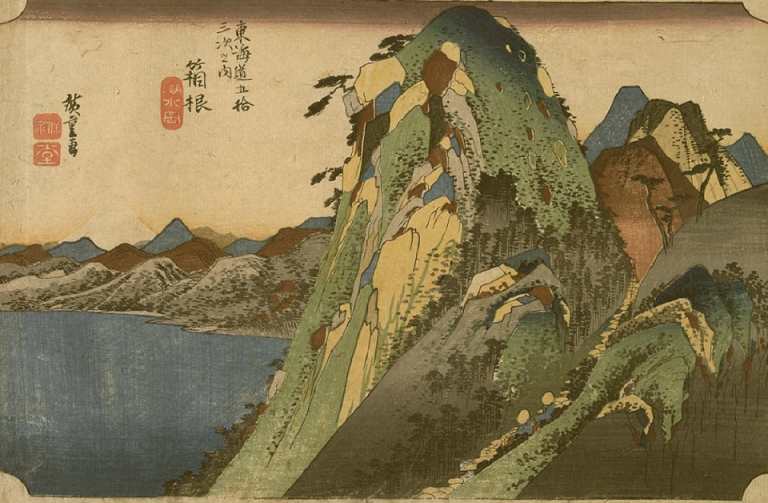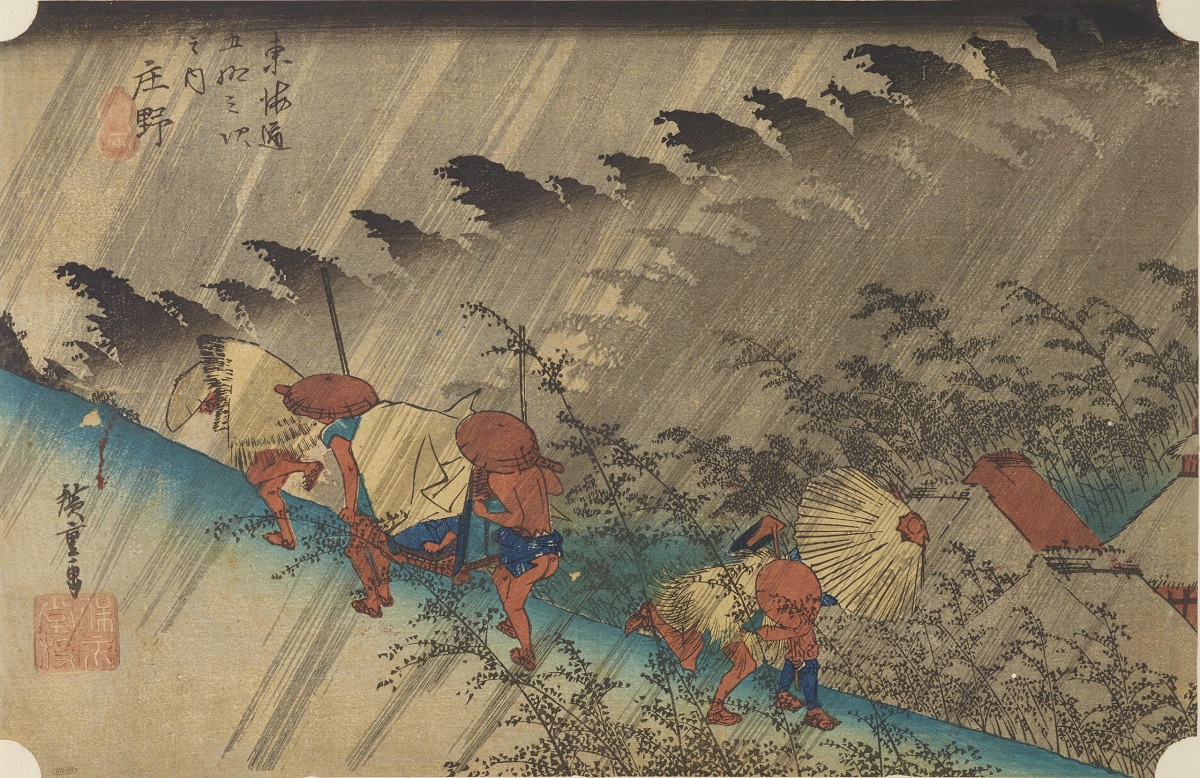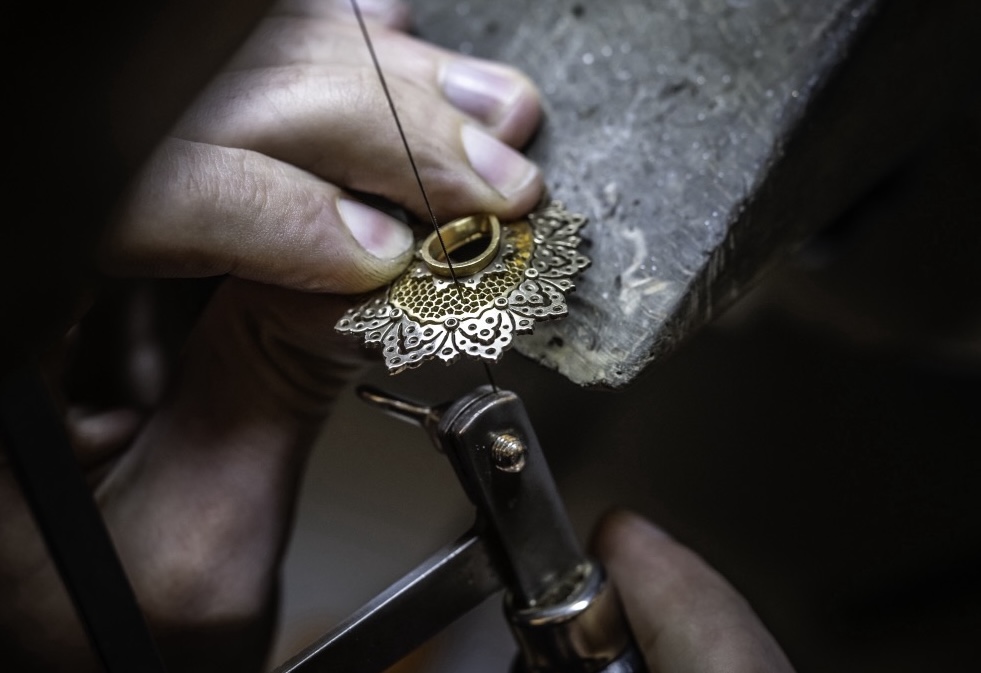Series: ‘An extensive introduction to Japanese art through 10 charismatic painters’. This issue introduces Utagawa Hiroshige (歌川広重), along with his representative works.
Aha! the True History of Japanese Art
Sparked Edo’s travel boom
Although he was a member of the Utagawa school, which specialized in paintings of beautiful women and actors, Hiroshige, under the influence of Maruyama Okyo (円山応挙), focused on sketching and found a way to make a living by painting famous places. He published the ‘Toto Meisho (東都名所)’ series, but it was not a success due to the popularity of Hokusai’s ‘Fugaku Sanjurokkei (冨嶽三十六景),’ which was also produced during the same period.
Two years later, at the age of 37, Hiroshige was commissioned by the famous publisher Hoei-do (保永堂) to publish the ‘Tokaido Gojusantsugi (東海道五十三次)’ series, in which he sketched and painted 53 inns along the Tokaido Highway. At the time, ‘Tokaido Gojusantsugi’ became an unprecedented hit, helped by the popularity of ‘Tokaido Chu Hizakurige (東海道中膝栗毛),’ a kokkeibon (comical book) written by Jippensha Ikku (十返舎一九). This led to a full-fledged boom for travel, such as trips for worshippers to Mount Fuji and to Ise (伊勢) for thanksgiving pilgrimages.


Aha! the True History of Japanese Art
Impact of bold composition
He was about to retire at the age of 60 when he was struck by the Great Ansei Earthquake. Facing the catastrophe, which turned the entire city of Edo into a sea of fire and killed more than 7,000 people, Hiroshige, whose family had been a hikeshidoshin (火消同心 : a firefighter’s assistant), was in despair and also pained by the tragic state of the city of Edo. He decided to shave his head on the occasion of his 60th birthday and decided to draw a reconstructed city of Edo.
In ‘Meisho Edo Hyakkei (名所江戸百景)’, Hiroshige used a bold technique of placing each famous landmark in the foreground in order to present the various regions as clearly as possible. This method is said to have been based on the Chinese/Southern Song dynasty painting method, but the impact of the composition was also the result of Hiroshige’s love for his hometown.

The bold composition with extremely large famous landmarks is said to be an expression of Hiroshige’s love for his hometown of Edo.
Aha! the True History of Japanese Art
Van Gogh also used it as a model!
Among the artists who were moved by Ukiyoe in Paris during the height of Japonisme, Van Gogh was particularly moved by Hiroshige’s landscapes.
While in Paris, Van Gogh, who had been living in a state of misfortune, was deepening his friendship with Gauguin, Degas, and others when he first encountered Ukiyoe and was overwhelmed by its charms. Despite his poverty, Van Gogh began collecting Ukiyoe, and among Hiroshige’s ‘Meisho Edo hyakkei (名所江戸百景)’, ‘O-hashi atake no yudati (大はしあたけの夕立)’ and ‘Kameido umeyashiki (亀戸梅屋舗)’ are said to have been his favorites. He liked both works because the contrast of perspective and vivid colors in both works were something that had never been seen in the West. He also copied oil paintings to learn innovative techniques, and his works seem to reflect his admiration for Ukiyoe and his wish for success.


Source: ColBase (https://colbase.nich.go.jp) This is one of the two works from the ‘Meisho Edo Hyakkei’ that Van Gogh also copied. Even today, they are still very original.
Profile of the legendary painter Utagawa Hiroshige
Utagawa Hiroshige
Kansei 9 (1797) – Ansei 5 (1858). After the death of his parents, he became a pupil of the popular painter Utagawa Toyokuni (歌川豊国). He became popular for his landscape paintings such as ‘Tokaido Gojusantsugi (東海道五十三次)’, ‘Kisokaido rokujyukyutugi(木曾街道六十九次)’, and ‘Kyoto meisyo (京都名所)’. He died at the age of 62 without completing ‘Meisho Edo Hyakkei (名所江戸百景)’.
Eye-catching image
Hiroshige Utagawa, ‘Tokaido Gojusantsugi Nihonbashi Asa no Kei ((東海道五拾三次 日本橋 朝之景)’ Tokyo National Museum
Source: ColBase (https://colbase.nich.go.jp)
This article is translated from https://intojapanwaraku.com/art/218916/


























